Tomorrow, I think I’ll make a run to Glacier National Park and the Going To The Sun Highway.
It’s been quite a while since I’ve been there.
Tomorrow, I think I’ll make a run to Glacier National Park and the Going To The Sun Highway.
It’s been quite a while since I’ve been there.
A hoodoo is a rock formation caused by differential erosion, i.e., parts of it are harder/softer than other parts, thus causing the softer parts to erode more quickly. In the Milk River Valley, sandstone hoodoos predominate, having been exposed for 15,000 years or more since the last ice age.
The Blackfeet believed that the Milk River hoodoos were home to powerful spirits. Plentiful game and berries ensured that this area was a seasonal migration stop for both the Blackfeet and Shoshone, as well as perhaps others.
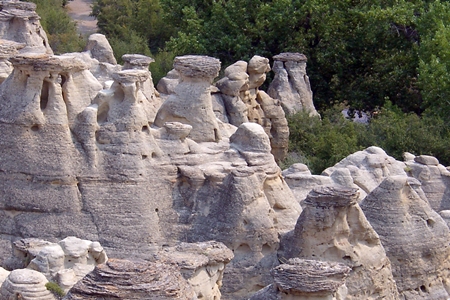
In memory of
Flight Sergeant J.A.B.G. (Alf) Galloway, R.C.A.F.
R/69154
March 9, 1942
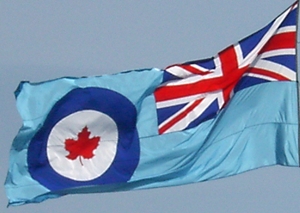
Update: Effective May 8, 2010 the new name for the museum is the Bomber Command Museum of Canada.
Today the Nanton Lancaster Society Air Museum hosted an event to honor Americans who served in the Royal Canadian Air Force (R.C.A.F.) during World War II.
Canada declared war on September 10, 1939. Before the United States declared war against the Nazis in December 1941, approximately 9,000 Americans joined the RCAF. Of these, about 800 were killed in RCAF service – 379 while serving with Bomber Command.

Canada’s Bomber Command Memorial lists 10,643 names and includes all the Canadians who were killed serving with Bomber Command as well as those of other nationalities who died while serving with the RCAF in Bomber Command.
“They were colorful, those volunteers – professionals and playboys, convicted felons and husbands on the run, idealists and mercenaries, kids seeking adventure, youngsters seeking nothing but an opportunity to fly, middle-aged men looking for work – and to all of them, the RCAF’s need was their golden opportunity.” – Spencer Dunmore, “Wings for Victory”
I listened to some of the “old boys” relate memories of their comrades filled with laughter and joy and resignation. I didn’t hear one say that he wouldn’t do it all again.
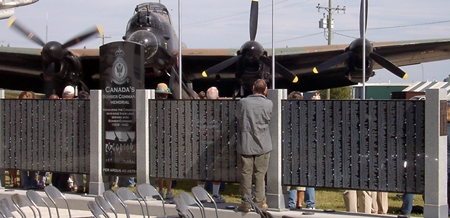
In memory of
Flight Sergeant J.A.B.G. (Alf) Galloway, R.C.A.F.
R/69154
March 9, 1942
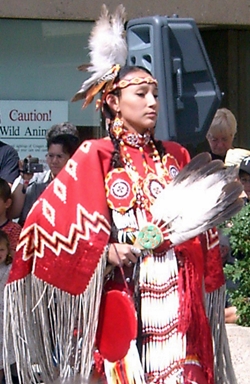 Before the Egyptian pyramids, before Stonehenge, North American Indians drove buffalo herds to their death over prairie cliffs.
Before the Egyptian pyramids, before Stonehenge, North American Indians drove buffalo herds to their death over prairie cliffs.
Medicine women and men performed rituals to ensure a bountiful hunt. Young runners disguised under animal skins were sent out to find and herd the animals toward the cliffs.
As the buffalo were herded down the narrowing lanes by the runners, and kept from dispersing by stone cairns along the edges of the run, hunters would jump out at the base of the run to keep the panicked animals running towards the cliff edge.
After falling, most were only stunned or wounded. Hunters below the cliffs would kill the survivors to keep them from escaping and warning other herds of the trap, or so it was believed.
The dried meat was used to prepare pemmican, but the remainder of the animal was used for tools and hides, leaving almost no part of the animal unused.
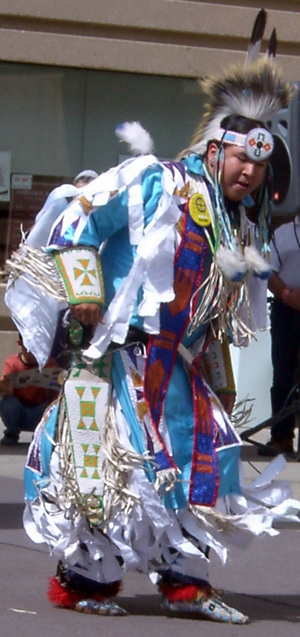

From 1916 and for the following eight years of Alberta’s prohibition, whiskey flowed through the gap in the Milk River range like water over a dam. Not to be outdone, during America’s prohibition, it flowed in the opposite direction. Now, all that remains is a historical plaque – that, and the fact that the Whiskey Gap still stands on the watershed between the Gulf of Mexico and Hudson Bay.
Where once a railway branch reached out, a store was built, elevators constructed, and to where wheat was hauled for shipping, nothing remains but a vast expanse of empty, wheat-growing prairie wilderness, punctuated by the occasional farm enterprise.
 What buildings remained have been removed to Del Bonita, across the Milk River and 12 miles to the east, where a store and post office are in the same building and still serves the local area.
What buildings remained have been removed to Del Bonita, across the Milk River and 12 miles to the east, where a store and post office are in the same building and still serves the local area.
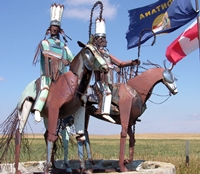 Yesterday I rode south to the Blackfeet Nation, where warriors on horseback guard the northern entrance to the rez. Artist Jay Laber created the sculptures out of rusted car parts remaining from the disastrous 1964 flood that devastated some areas of the reservation downriver from the Two Medicine River dam. Three more of Jay’s sculptures guard the south, west and east entrances to the reservation.
Yesterday I rode south to the Blackfeet Nation, where warriors on horseback guard the northern entrance to the rez. Artist Jay Laber created the sculptures out of rusted car parts remaining from the disastrous 1964 flood that devastated some areas of the reservation downriver from the Two Medicine River dam. Three more of Jay’s sculptures guard the south, west and east entrances to the reservation.
To qualify as a Blackfeet tribal member, one-fourth blood is required. Approximately 8,000 tribal members reside on the rez, which encompasses 1,462,640 acres.
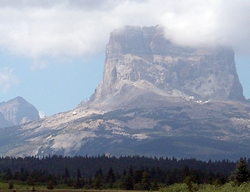
After a stop at Many Glacier, I backtracked and caught Montana 17 north to the border and returned to Canada. This is a gorgeous ride, but 17 is populated by lots of open range cattle lounging on the roadway. They’re all black, and difficult to see in the shaded areas of the highway. I can’t imagine riding it at night for just that reason.
I’ve become so accustomed to crossing into “the States” that for me it’s just a matter of heading south and hitting the line. Polite Customs agents, few questions and a minimum of formality are the rule, and I’ve never ever had a problem being admitted. This time, however, I had forgotten my citizenship documents.
No problem, though.
After scanning my driver’s licence and receiving a lecture about not having citizenship papers, I was allowed into the country one more time by the tourist-friendly border guard.
Here’s a tip for those of you who are new at the border-crossing game: If you’re wearing dark glasses, take ’em off. The agents want to see your shifty little eyes.
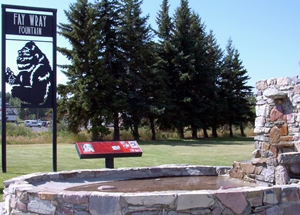 The Fay Wray Fountain in Cardston, Alberta was built after a visit by Fay in 1962. Fay provided the money after being sent a check by festival organizers to cover her costs for attending. She mailed the check back, and the town built the fountain with the proceeds.
The Fay Wray Fountain in Cardston, Alberta was built after a visit by Fay in 1962. Fay provided the money after being sent a check by festival organizers to cover her costs for attending. She mailed the check back, and the town built the fountain with the proceeds.
Fay lived on a ranch about 15 miles from Cardston. At the age of three, her family moved south to America, where her mother had been born.
This is obviously a publicity photo, but she certainly was cute.
